Samuel Goree
Situated Cameras, Situated Knowledges: Towards an Egocentric Epistemology for Computer Vision
Jun 30, 2023Abstract:In her influential 1988 paper, Situated Knowledges, Donna Haraway uses vision and perspective as a metaphor to discuss scientific knowledge. Today, egocentric computer vision discusses many of the same issues, except in a literal vision context. In this short position paper, we collapse that metaphor, and explore the interactions between feminist epistemology and egocentric CV as "Egocentric Epistemology." Using this framework, we argue for the use of qualitative, human-centric methods as a complement to performance benchmarks, to center both the literal and metaphorical perspective of human crowd workers in CV.
Attention is All They Need: Exploring the Media Archaeology of the Computer Vision Research Paper
Sep 22, 2022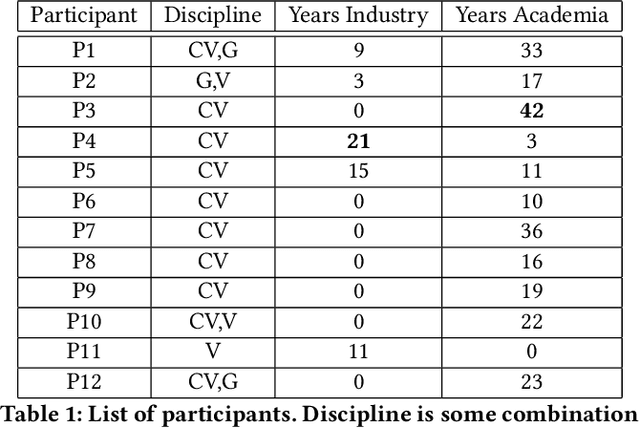
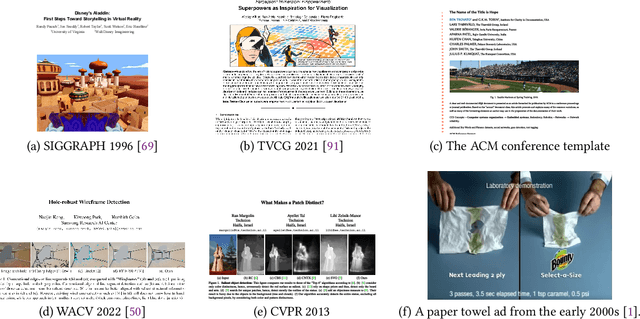

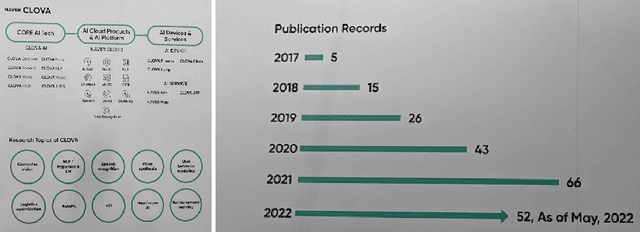
Abstract:The success of deep learning has led to the rapid transformation and growth of many areas of computer science, including computer vision. In this work, we examine the effects of this growth through the computer vision research paper itself by analyzing the figures and tables in research papers from a media archaeology perspective. We ground our investigation both through interviews with veteran researchers spanning computer vision, graphics and visualization, and computational analysis of a decade of vision conference papers. Our analysis focuses on elements with roles in advertising, measuring and disseminating an increasingly commodified "contribution." We argue that each of these elements has shaped and been shaped by the climate of computer vision, ultimately contributing to that commodification. Through this work, we seek to motivate future discussion surrounding the design of the research paper and the broader socio-technical publishing system.
HyperNP: Interactive Visual Exploration of Multidimensional Projection Hyperparameters
Jun 25, 2021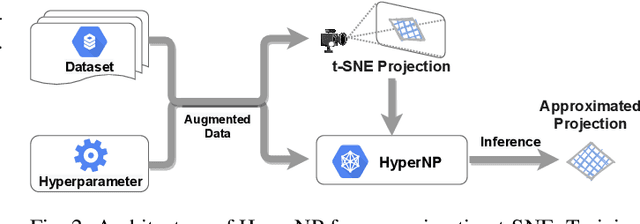

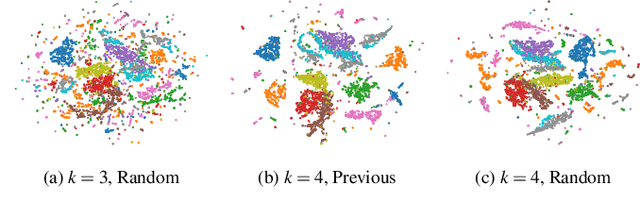

Abstract:Projection algorithms such as t-SNE or UMAP are useful for the visualization of high dimensional data, but depend on hyperparameters which must be tuned carefully. Unfortunately, iteratively recomputing projections to find the optimal hyperparameter value is computationally intensive and unintuitive due to the stochastic nature of these methods. In this paper we propose HyperNP, a scalable method that allows for real-time interactive hyperparameter exploration of projection methods by training neural network approximations. HyperNP can be trained on a fraction of the total data instances and hyperparameter configurations and can compute projections for new data and hyperparameters at interactive speeds. HyperNP is compact in size and fast to compute, thus allowing it to be embedded in lightweight visualization systems such as web browsers. We evaluate the performance of the HyperNP across three datasets in terms of performance and speed. The results suggest that HyperNP is accurate, scalable, interactive, and appropriate for use in real-world settings.
 Add to Chrome
Add to Chrome Add to Firefox
Add to Firefox Add to Edge
Add to Edge